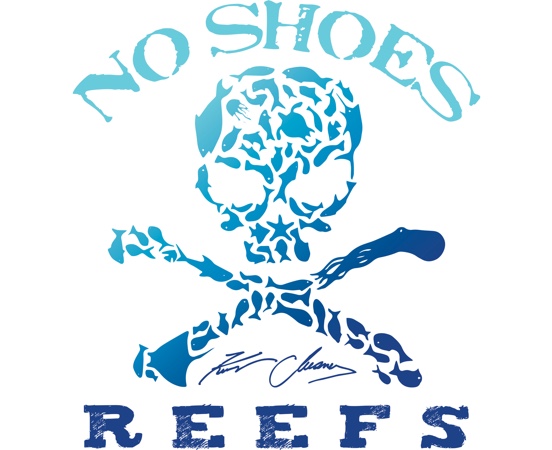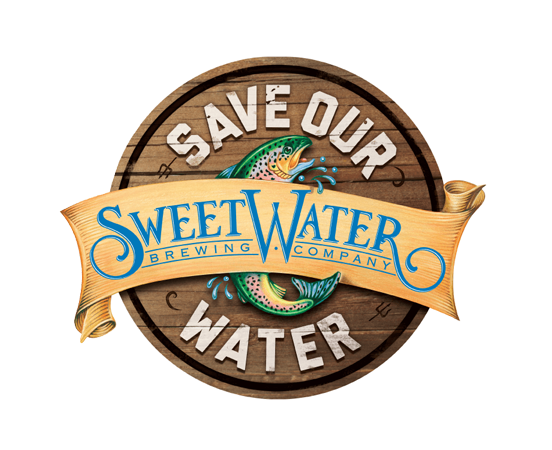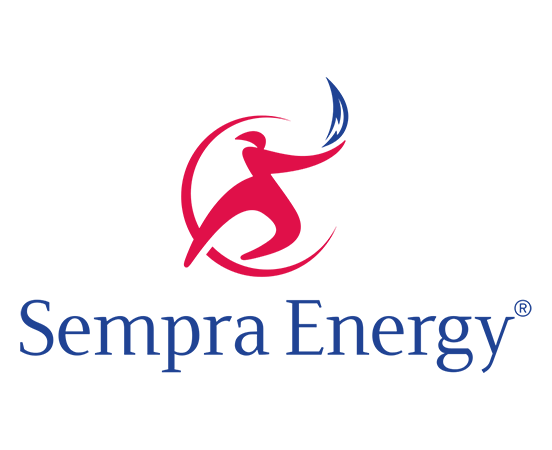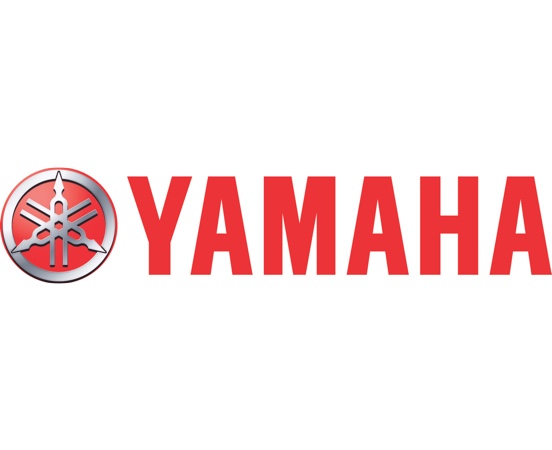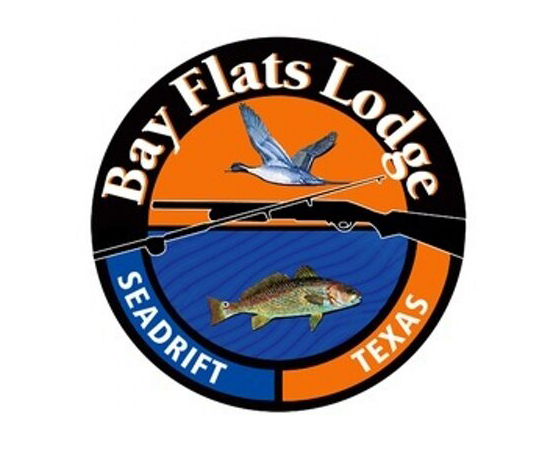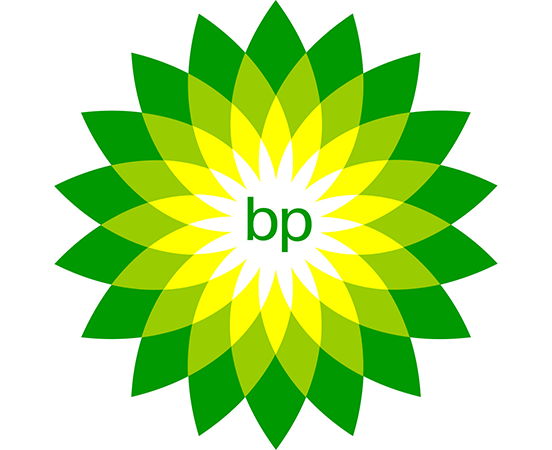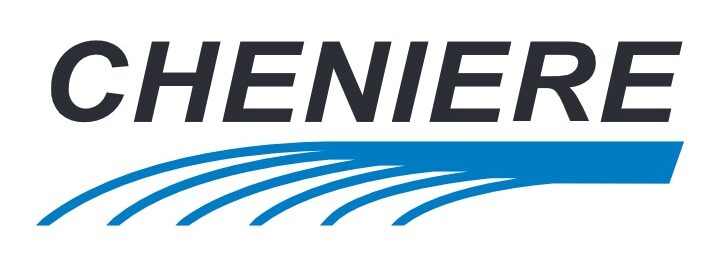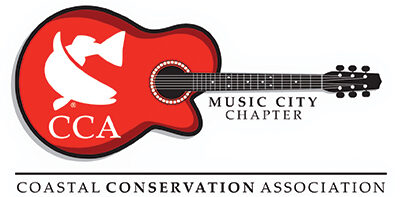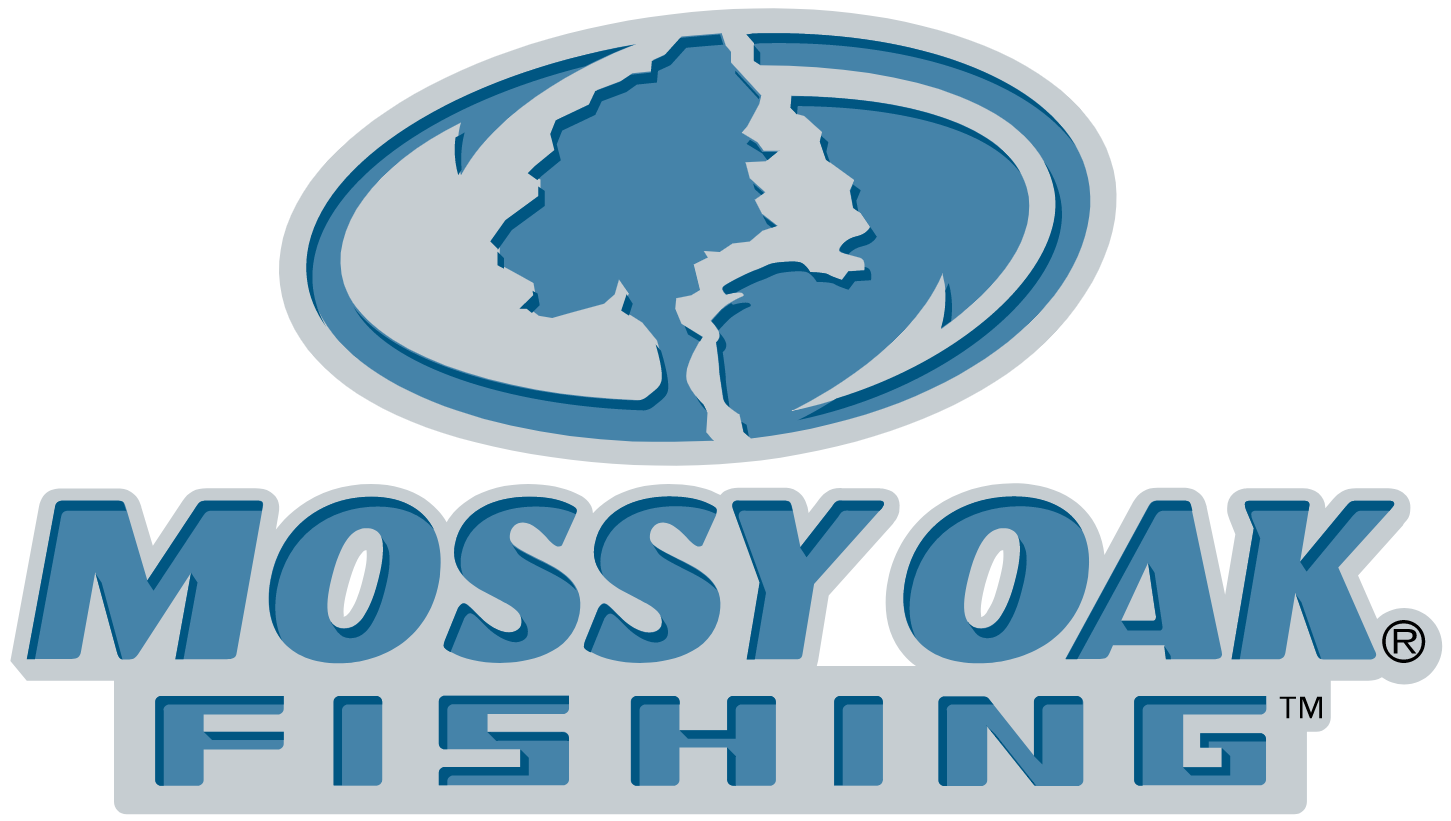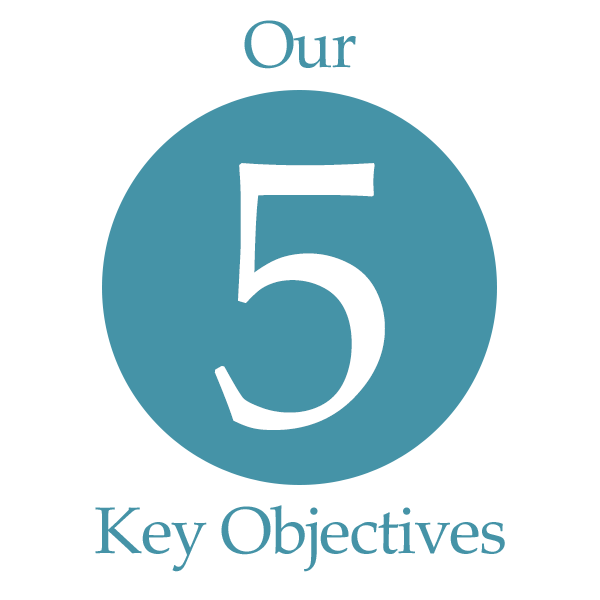
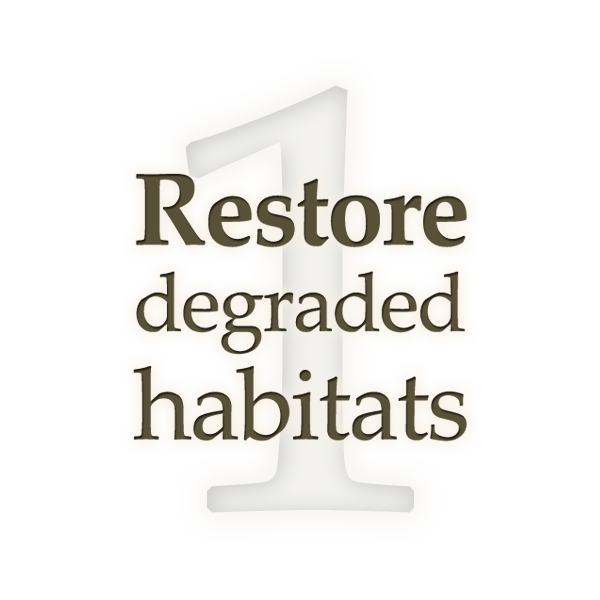
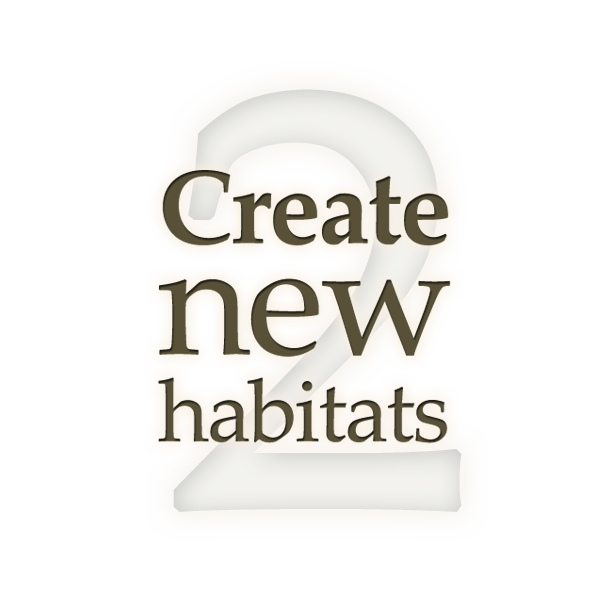
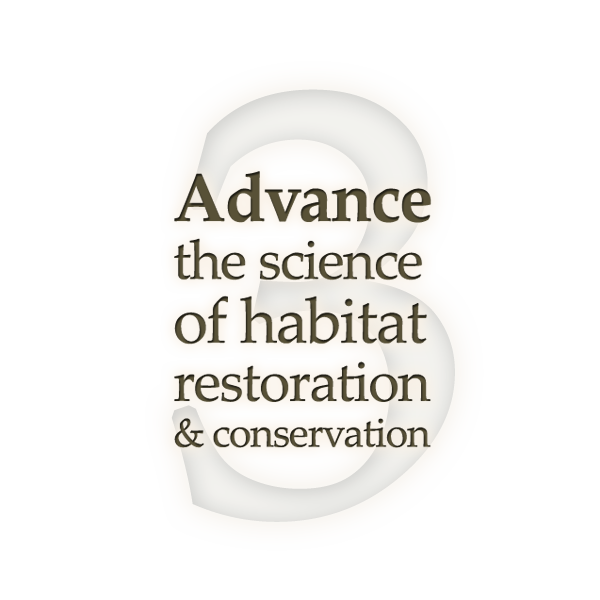
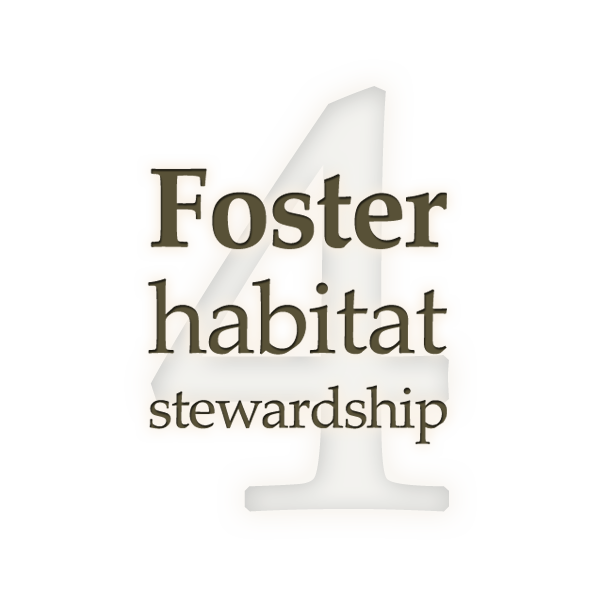
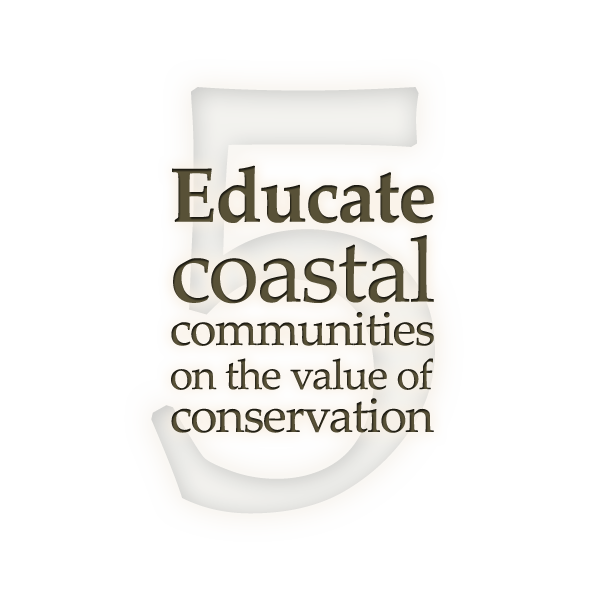
The Building Conservation Trust has been involved in dozens of habitat conservation and restoration projects on all three coasts, ranging from large-scale artificial reefing projects offshore to community-based, hand-planted marsh restoration projects in estuaries. These projects have had a lasting, positive impact on a variety of marine ecosystems and serve as an investment for the future enjoyment of generations to come.
Restoring Degraded Habitats
Dagger Island Restoration Project
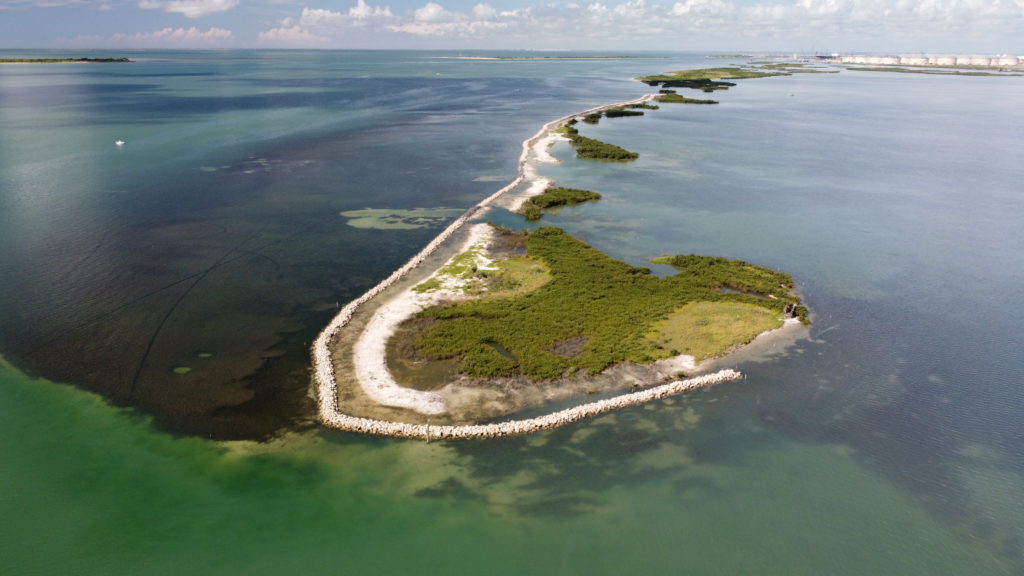
Recognizing that Texas coastal wetland loss impacts everyone, CCA Texas, BCT, Ducks Unlimited and the Texas Parks and Wildlife Department joined forces to restore Dagger Island and protect important seagrass beds in Redfish Bay.
The partners worked together to protect and enhance 5,236 acres of seagrass beds, intertidal wetlands and coastal islands in the Redfish Bay State Scientific Area. Redfish Bay contains the northernmost extensive stands of seagrass on the Texas coast and is one of only three bays that contain all five species of native seagrass in Texas.
Restoration and protection of remnant portions of Dagger Island will protect seagrasses and other essential estuarine wetlands from wave energy caused by winds and large vessel traffic on the Corpus Christi Ship Channel. These seagrass beds are important for waterfowl and fisheries resources, including finfish, shrimp, blue crab and sea turtles.
Creating New Habitats
Rawls Reef Complex
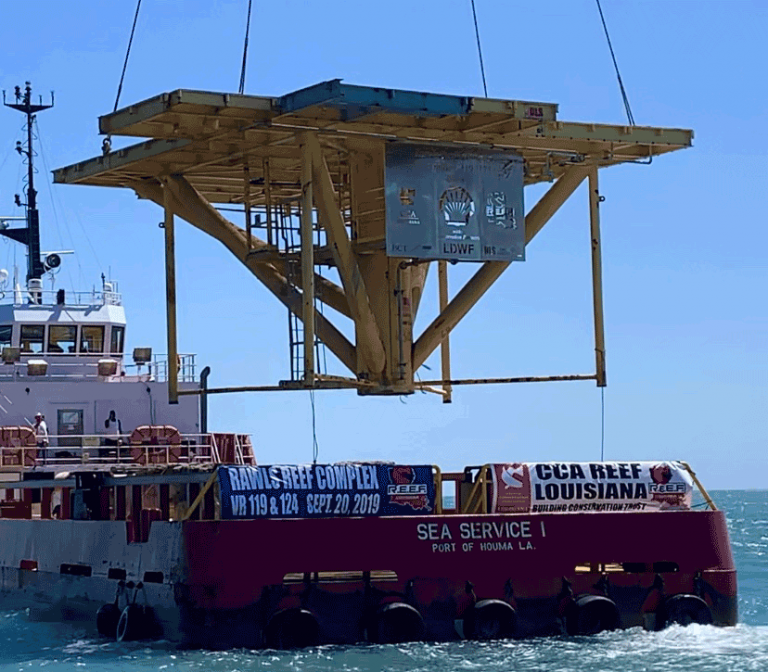
CCA Louisiana’s R.E.E.F. Louisiana Program built a set of new artificial reefs in Vermilion Blocks 119 & 124, an area where oil and gas platforms had been removed. Conservation partners built five individual reef sites using pieces of decommissioned platforms and a variety of concrete “materials of opportunity.”
The materials included recycled platform jackets, a helipad, a large concrete platform, and several highway barriers, catch basins and other concrete construction materials. The reefs replaced lost habitat in depths ranging from 75-80 feet, where oil and gas platforms have been removed. The sites in VR 119 & 124 were chosen by local anglers since the platforms that once stood there were favorites for red snapper and mangrove snapper anglers, as well as divers.
Advancing the Science of Habitat
Before-After Studies
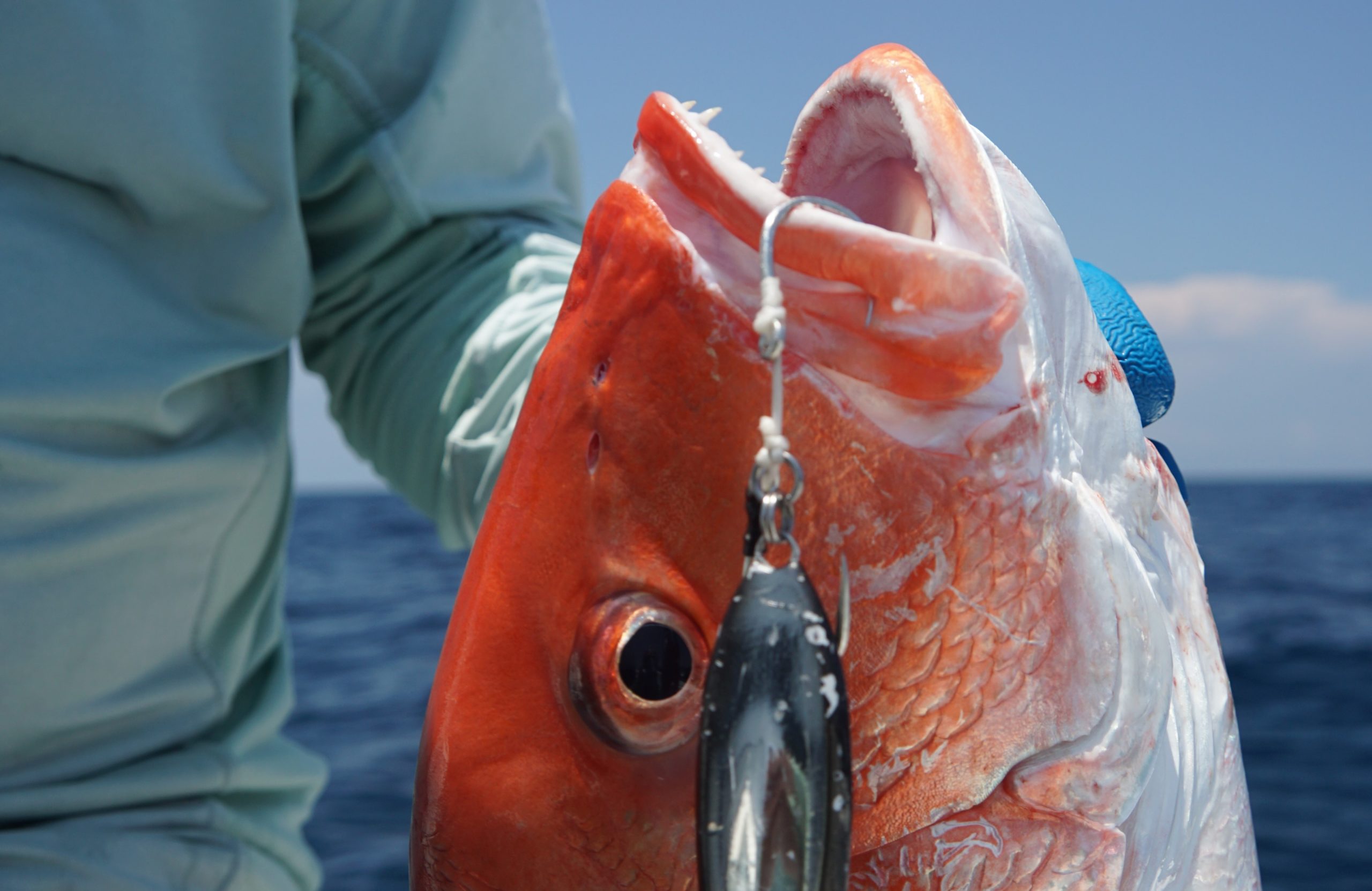
BCT partners with marine scientists on research that seeks a positive and statistically significant response in marine life as a result of a habitat project. While the results of projects to restore marsh or create oyster reefs are relatively easy to assess, offshore reefing projects are more of a challenge.
The research requires scientists to dive and methodically assess areas before and after the introduction of reefing materials. In almost every case, the reefing transforms what was previously an almost barren muddy plain into a thriving ecosystem, with some species taking up residence within days of deployment.
Fostering Habitat Stewardship
Floating Islands Marsh Restoration
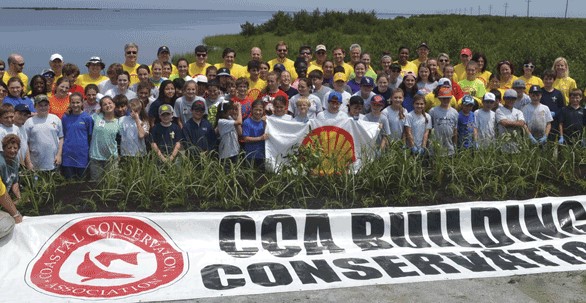
Floating island projects utilize an innovative technology that transforms recycled plastics into the foundation of new marsh. BCT and CCA Louisiana have partnered on several floating islands projects that have created tens of thousands of square feet of new wetland habitat. A typical floating islands project brings together local students, residents, employees of local companies and others to spend a day planting marsh grasses in floating mats which are then towed out and anchored in nearby estuary where wetlands are disappearing. Roots grow through the mats and into the water column, trapping sediment and dropping it to the bottom. Eventually new land forms around the mats, building the foundation for vibrant, expanding wetlands.
Educating on the Value of Habitat
Reef Ball Building Outreach
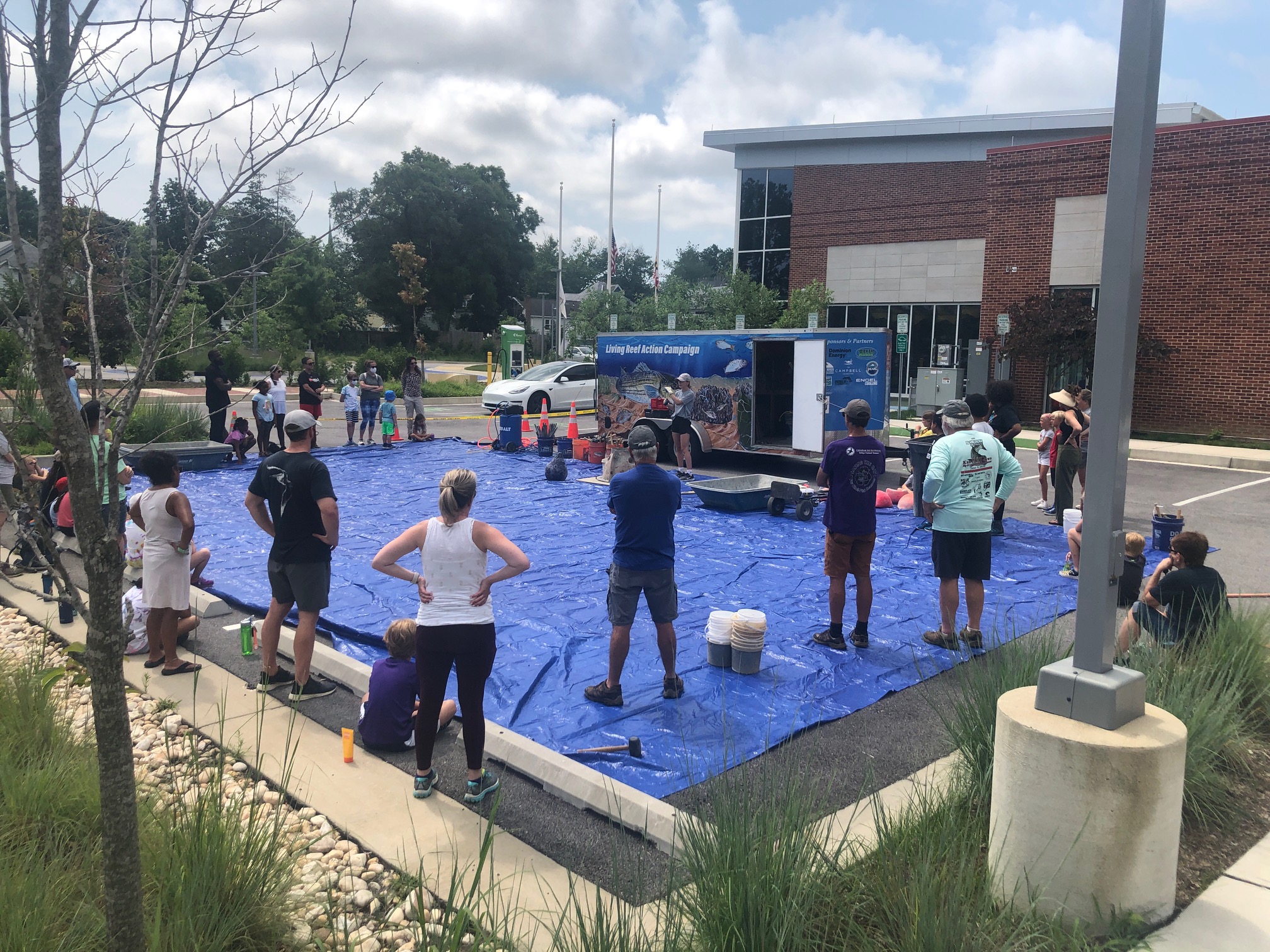
BCT focuses on engaging students through in-class and hands-on STEM programs that encourage environmental stewardship and one of the most successful programs is the reef ball building program run by CCA Maryland. A mobile reef ball building trailer brings concrete, molds and all the tools to multiple schools throughout the region, giving students a chance to roll their sleeves up, get dirty, and learn new skills.
Maryland students have built hundreds of reef balls which have been deployed in areas of the Chesapeake Bay suffering from degraded habitat. With massive support from local communities, corporations and school districts, the program continues to grow and has become one of BCT’s most well-publicized and effective teaching tools.
Project Spotlight: Big Man’s and Kate’s Reef
Offshore Galveston, Texas
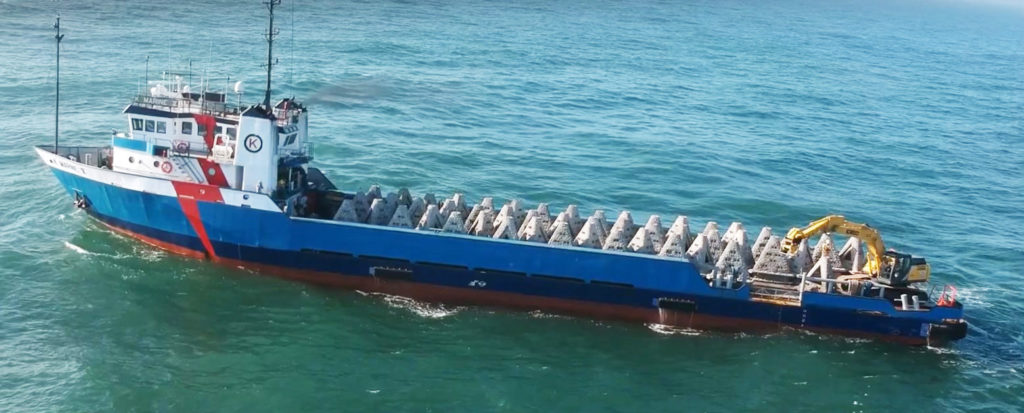
Photo Courtesy of Laredo Construction
Utilizing an existing 160-acre reef site off of Galveston, Texas, the Big Man’s Reef project placed thousands of concrete railroad ties and reef pyramids providing vast low-relief and mid-relief habitats for key reef fish species. The sister project, Kate’s Reef, is creating essential offshore reef structure near Galveston Island for forage species, pelagics and reef fish, including the iconic Gulf red snapper. The Big Man’s site was previously reefed with 180 pyramids in 2018 and 180 slab reefs in 2019, and the Kate’s site was previously reefed with 200 tons of concrete railroad ties and a 45’ vessel in October of 2020. CCA Texas, the Building Conservation Trust and Shell Oil Company have contributed critical funds to these reefing efforts, and look forward to the continued reefing and building of the sites.

